Hello Hive.
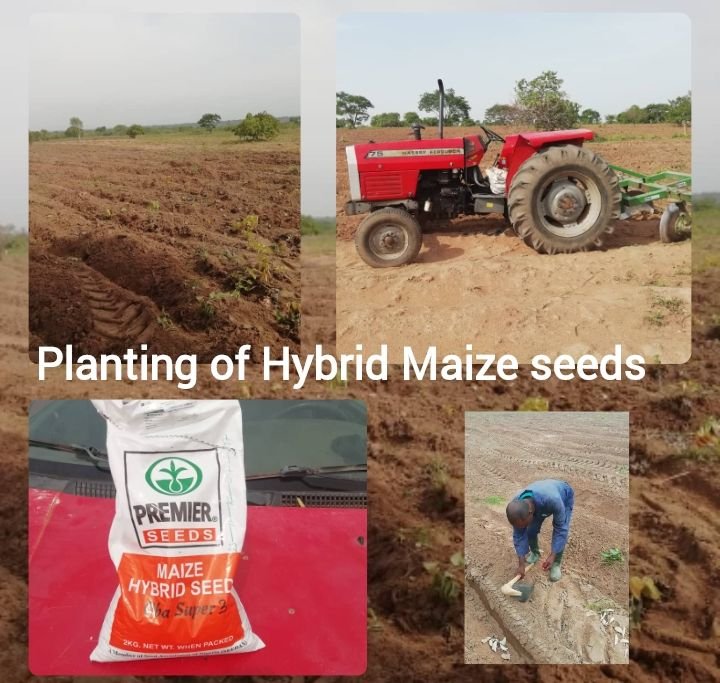

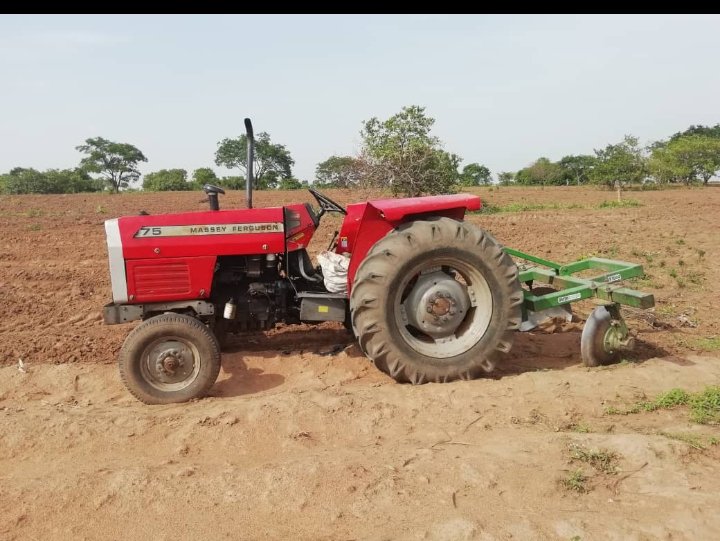
Basically, we have chosen these food crops: maize, soybeans, guinea corn, and cassava. Maize and soybeans will be planted in the first season of planting because we want to carry out a mixed cropping system with two farming seasons.
Early farming, which begins in April-August, and late farming, which begins in July-December, even though our cassava will still be remaining on the farm up until next year's planting seasons. Cassava takes at least an annual cycle for full maturity.
Today we commence the planting of the farm we had earlier started working on for our commercial farming exercise. A lot has already been spent on this farm since we started work following the listed order below.
While the entire land area here is about 22 acres, I often do not hesitate to give us a breakdown of the least amount you can invest in 1 acre of land. The processes and the work done so far have been
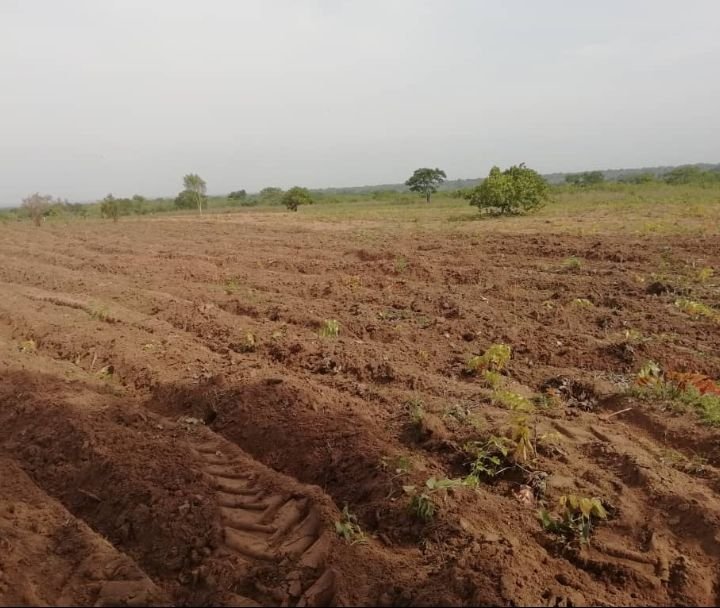
- Leasing of the land, which took at least $14.6/20k naira, and the clearing was half of that amount. All in all, leasing and clearing a land will cost you $22.
- The next step is plowing and ridging. Which was yet another expense. The least amount we got for plowing and ridging was $22/30k naira, while prices can be as high as $30 depending on the distance from where the tractor is coming from. Tractors are not readily available in the country, and we have to compete to hire the available ones to come do our jobs.
Well, I'm glad that with $22, we were able to plough the fields, and the contractor did a better job.
Today the next activity on the farm is the planting stage. We have had more than five sessions of heavy rains, and the ground is wet enough for planting. Planting of maize often begins in the month of April, depending on when the rains begin.
Cost of seeds purchased.
For this part, I had to seek advice from other people who have been in this business for a long to understand the quantity and quality of maize that will be needed to plant an acre of land.

I got the above information from a friend and took the estimate to be at least 3kg of corn for 1 acre of land.The range I was given was 3-5kg of corn or maize for 5 acres of land. If we will be hiring labor, the demand is about $4 per acre for planting.
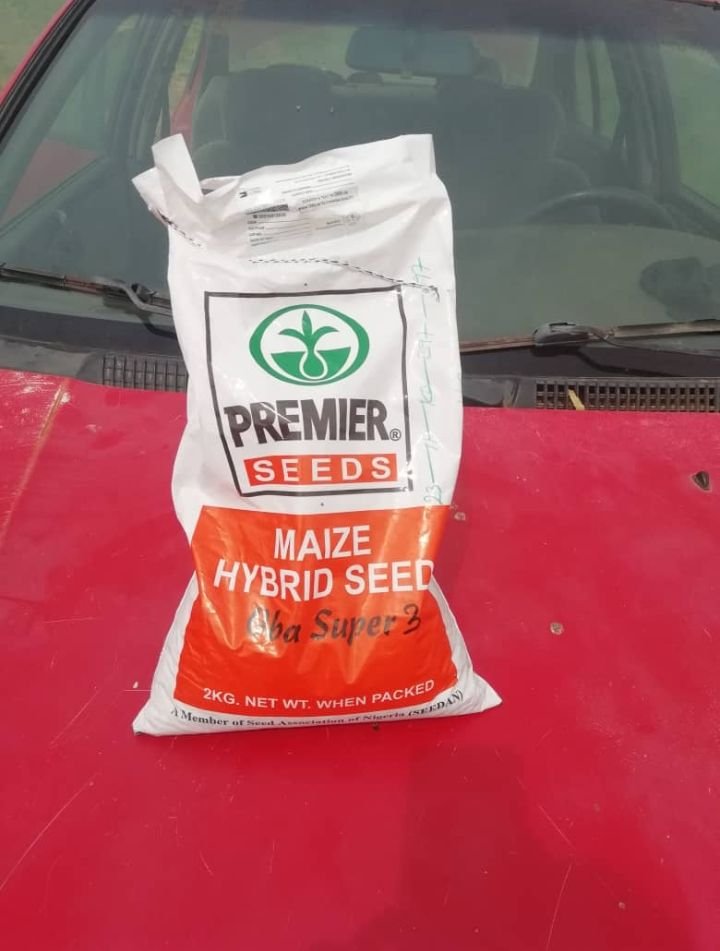
It is important to keep track of all the financial implications of what we are doing here so that, at harvest, one can see if this farming has been operated at a loss or not. When there is room for expansion, it becomes very easy for us to estimate the amount that will be needed for it.
The agricultural seeds were bought, and this is what the bags of maize look like. Hopefully I can equally learn about the life cycle of this maize and its productivity level, whether it is highly productive or not.
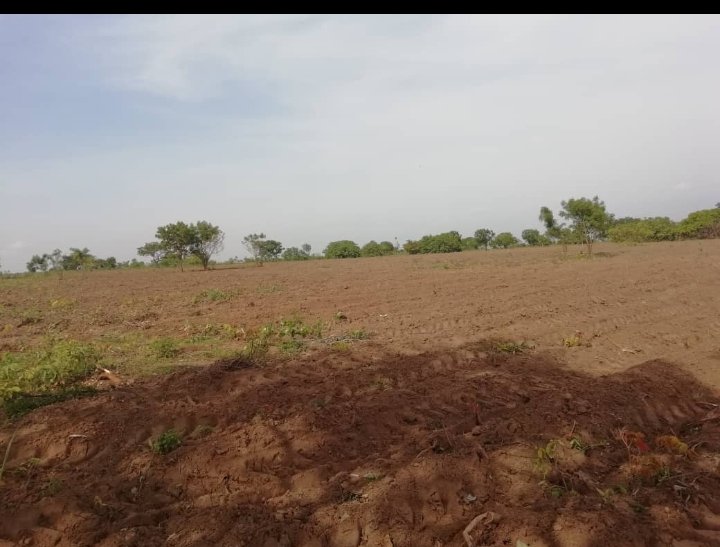
One thing I have enjoyed about this farming session ever since work commenced here is the availability of labor. Even though there are tractors for plowing, other equipment isn't available around here. We cannot get a planter, harvester, or any of those, so some level of manual labor is needed on the farm, and there are people readily available to do this daily job for a good salary.

This is an update from our commercial farming, and as the planting of maize commences, other work and processes will equally follow.
That is it for my farming journey above. I have been a subsistence farmer ever since the origin of my family. We grow crops like corn, millet, guinea corn, yams, cassava,beans, groundnuts, and chili pepper. Over time, I had to drop some of these crops as the workload continually weighed us down. But if I am given the opportunity and have more farm managers that can be employed in each section, I can supervise farming activities because of my years of experience in farming.
Here are some pictures of quality harvests of different crops from last year's farming session.
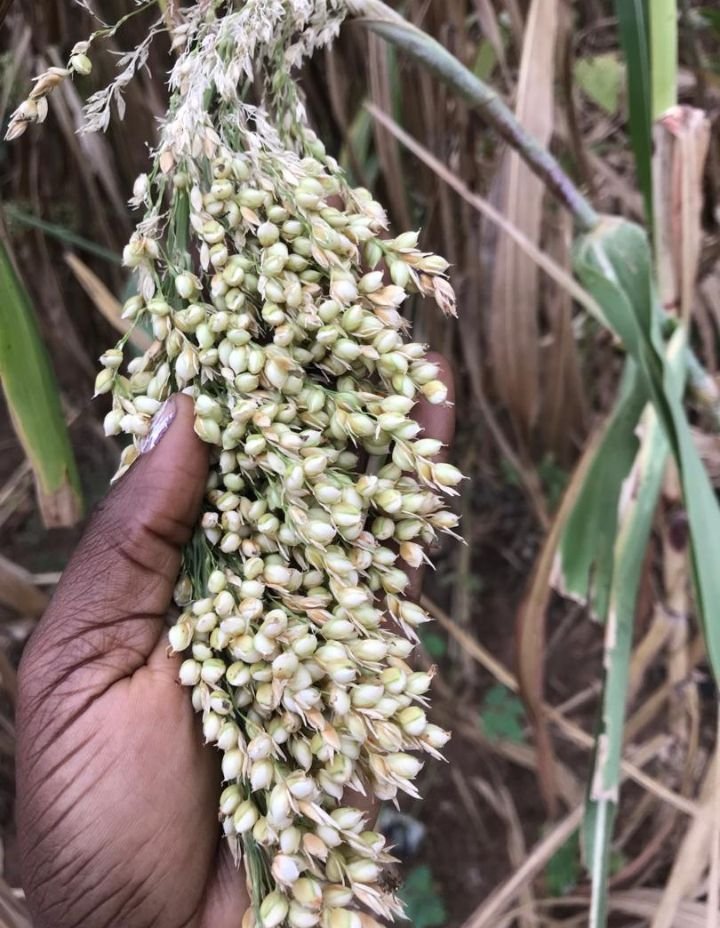
Guinea corn
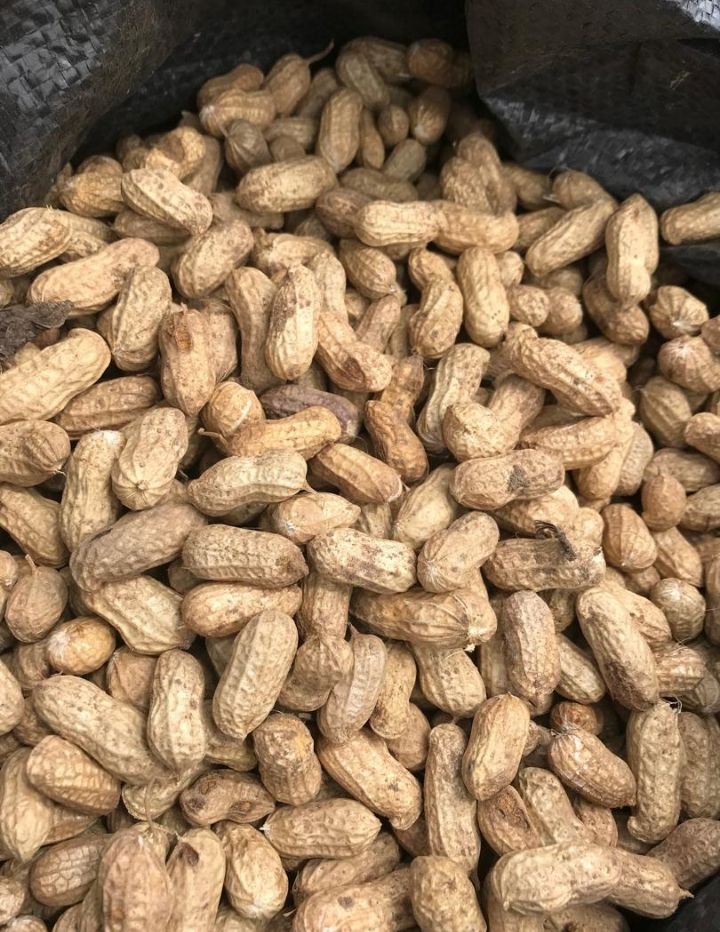
Groundnuts
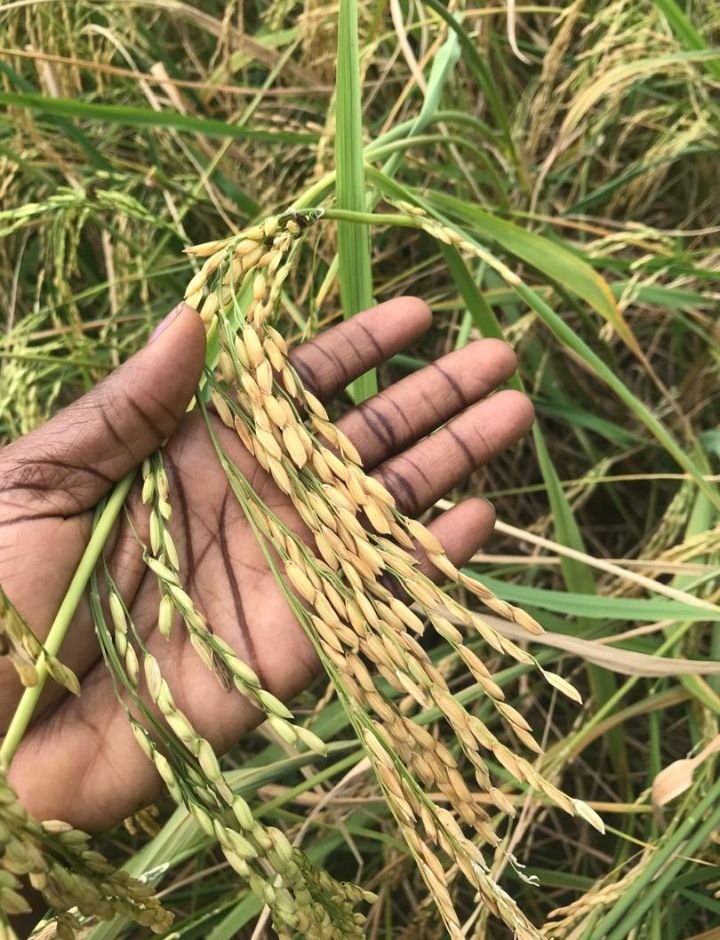
Rice
My gardening journey has been recorded in various blogs on the blockchain, with the homestead community being a worthy recipient of these blogs. Recently, this gardening journey is just 3 weeks old, and I bet that you can harvest some jute mallow and vegetables for soup. I have documented in a blog how I wish to grow these sets of vegetables.
Spinach
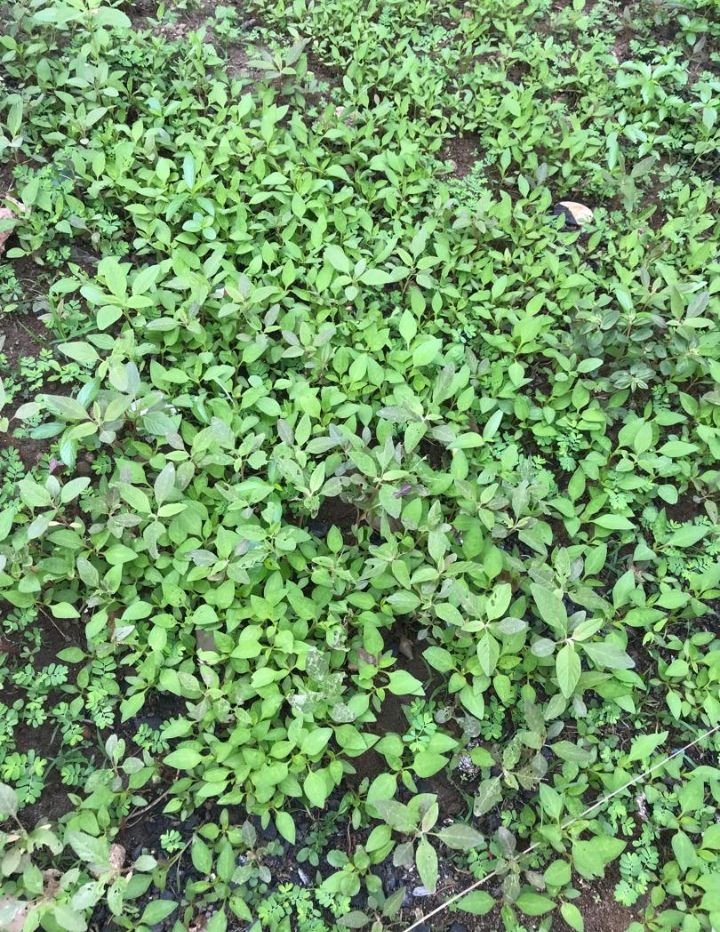
Jute mallow
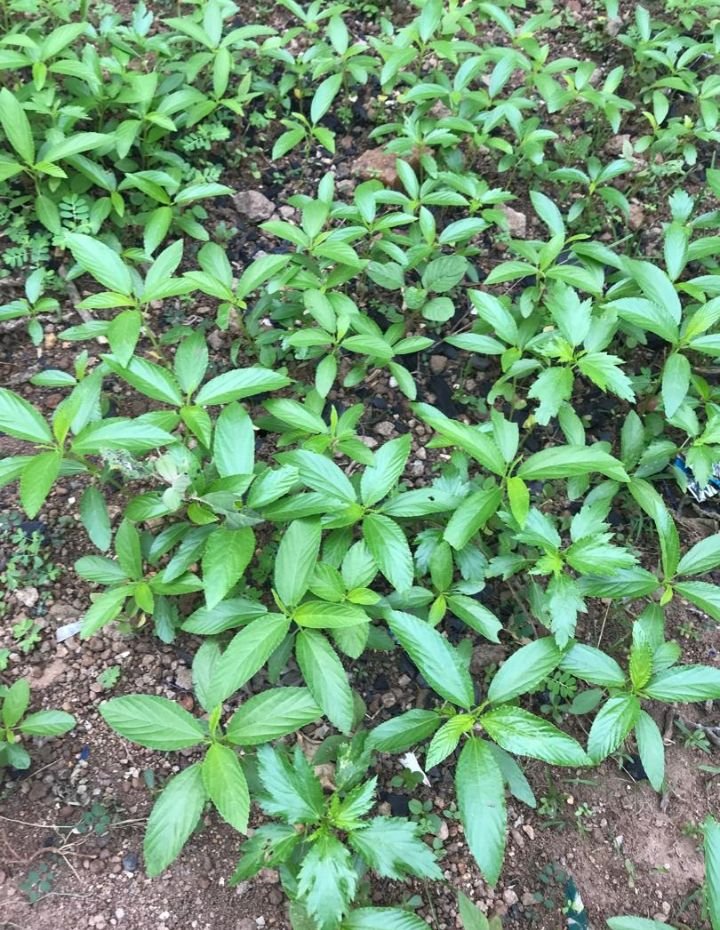
Water leaf
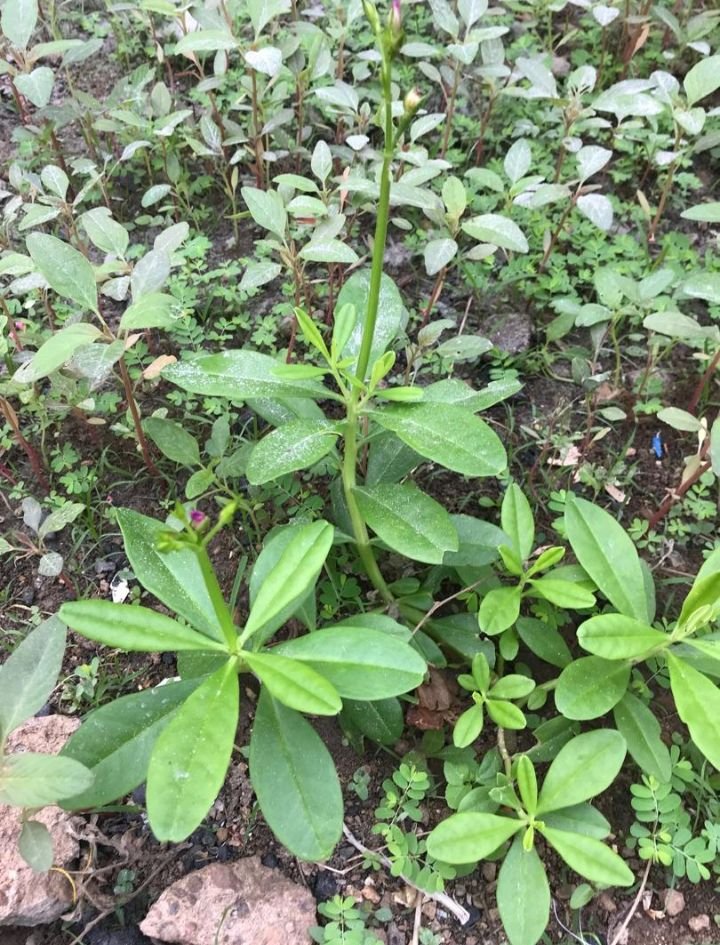
Fluted pumpkins

Chilli's And Tomatoes which are yet to be added.
Some of these are successful growing here, while I lost the fluted pumpkins after purchasing some seeds and transplanting them into another soil here.
Due to the incessant flooding in my community and compound, my gardening season is also divided into two categories.
One was planted early and harvested before the heavy rains, and the other was planted later after the rains.
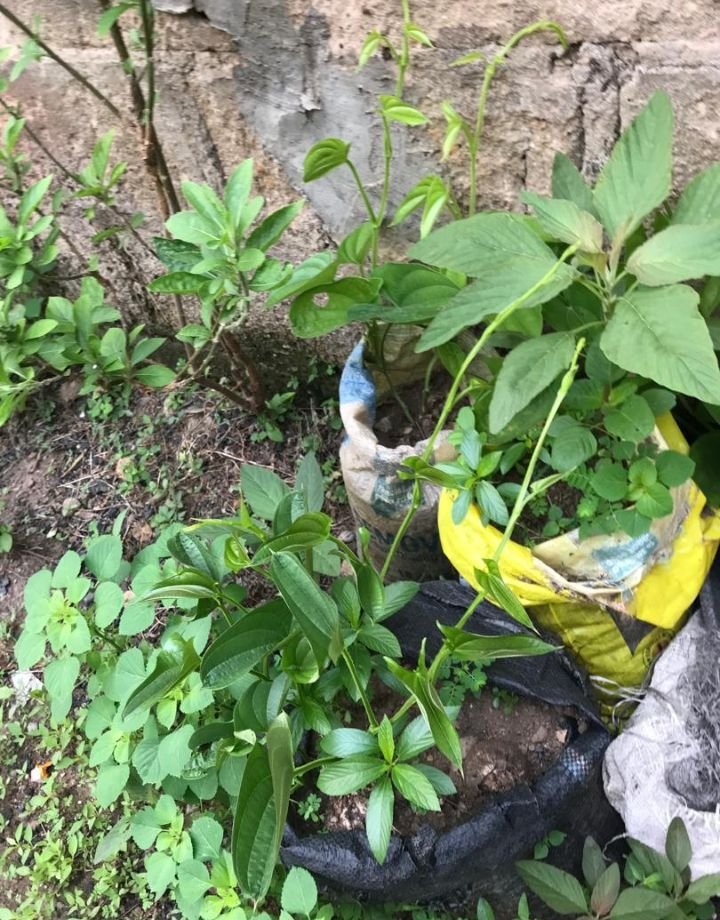
Can you see the sack yams and water yams I have grown? Some of these are experimental farming to grow and expand my knowledge in agriculture.
We have grown large-scale yams, taking up so much space in the fields in previous years, that I wanted to try growing sack yams for the first time this year. The lesson to learn here is how to grow yams in every limited availability space.
If you have very little space available for farming, you can maximize it by growing your crops in sacks.
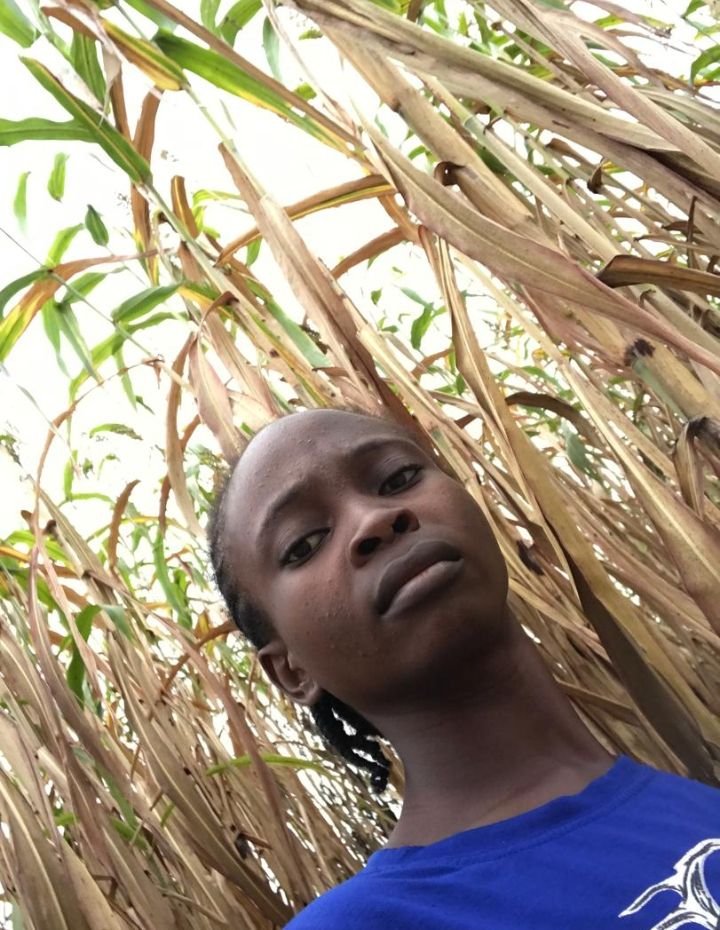

Growing my own food over the years has cut down on the financial expenses of purchasing food from the market. Having seen how inflation has gone up over 100% this year, most families found it difficult to feed, but I had some food crops from the farm that supported myself and my family.
The vegetable gardens, too, serve as a means of getting fresh and green leaves for as long as they are available during the non-flooding months.
All images are mine

This is my submission to the #mayinleo, and I'm using this medium to invite you all to participate in the prompt with other exciting topics and engagements using this link
Posted Using InLeo Alpha
This is amazing to see you on large-scale farming. You didn't invite me to come and help you. Congratulations ma'am for this great work.
Oya nah, it's not too late, you can still come.
🤣🤣🤣🤣 alright ma'am
❤️
my dear you are doing amazing things in the farm. Planting is one place we need to push our attention too.
Exactly, farming surely needs attention considering the hunger out here
I pray for a great yield for you this season
This is simply amazing 😍
I believe this expensive cost of food is not in ur home
I escaped it ooo😂
Wow this is great, so beautiful 🥰 I wish I can also start a large scale farming aswell.
What I do for now is still scale farming.
Farming is really good though stressful but if one could have a good result, it's worth it.